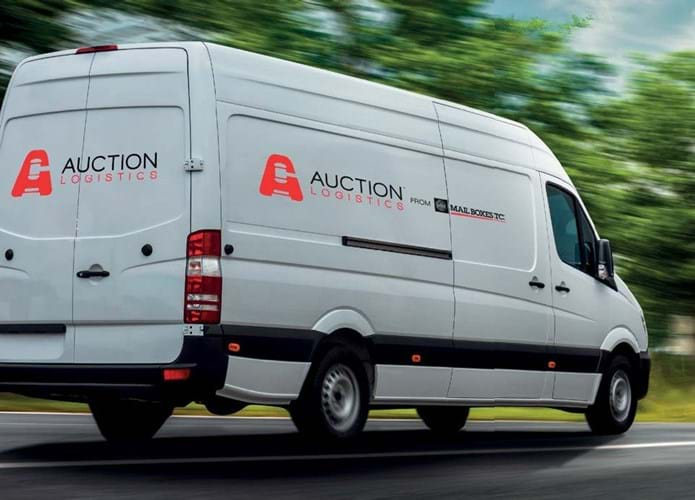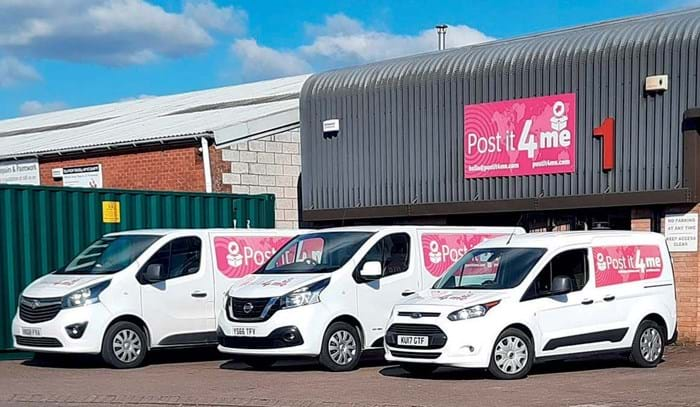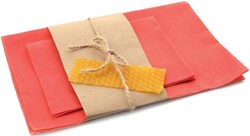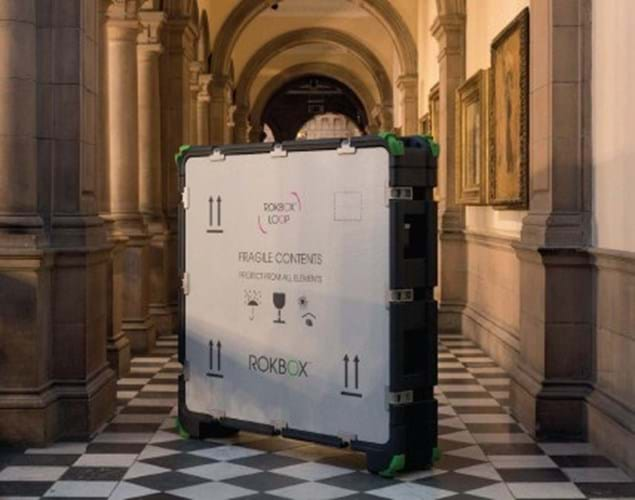
An example of RokBox Loop in a museum.
Is ‘greener’, more sustainable packaging on the agenda for the world of art and antiques?
Earlier this summer packaging firm Rokbox launched Rokbox Loop which is a 100% recyclable, sustainable shipment crate that is available for rent which it says “eradicates the need for single-use crates”. The initiative was launched with shipping firms Gander & White and Haas & Company.
Gander & White says 75% of its packing materials are biodegradable/combustible and all of these come from recycled materials.
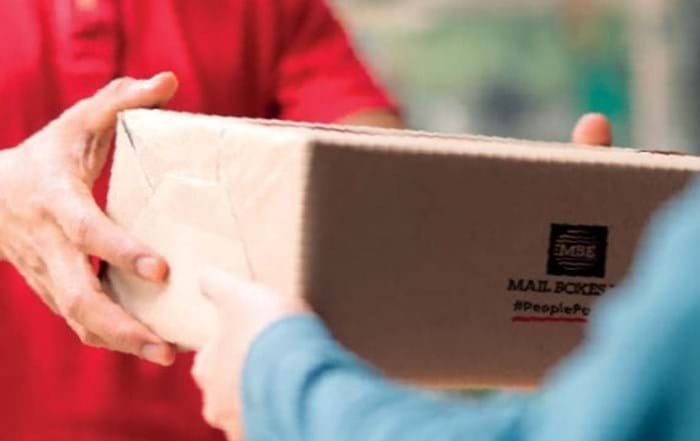
A Mail Boxes Etc. parcel.
Many firms have improved their packaging and are looking at introducing more sustainable options.
Duncan Hypher, business development, compliance marketing and lead generation at Mail Boxes Etc., says: “We have been actively introducing new, more sustainable methods of packing materials, and adopting more efficient packaging techniques and working with forward thinking packaging suppliers on alternatives to bubble wrap and polystyrene packing peanuts (biodegradable alternatives), and using where appropriate recycled card and board as both voidfill and outer packaging.”
Jonathan Schwartz, chairman of ICEFAT (International Convention of Exhibition and Fine Art Transporters), says ICEFAT’s Environmental Social & Governance committee is proposing its members adopt a crate reuse programme too.
He adds: “Many of our member companies have embraced the changes; for instance Andre Chenue in France uses Kraft tape for all its cardboard packaging, Atelier 4 in the US started using Showa Green biodegradable nitrile gloves, Italy’s Apice has rentable and reusable crates, and Atelier 4 launched a reusable crate program called an ‘Island of Misfit Crates’.”
Alternative packaging
Plenty more is in the pipeline including Andre Chenue testing different packaging materials as alternatives, such as Stora Enso’s wood-pulp based foam and upcycled packaging materials from companies like Kvatt.
Meanwhile, Atelier 4 hopes for a partnership in the US with the Estonian company Woola for an alternative to bubble wrap. Convelio uses recyclable bubble wrap in its crates and has carried out trials of Kvatt reusable products as part of its ongoing sustainability initiatives.
Postit4me, which works with more than 150 auction houses in the UK, also has a number of green initiatives including using packaging manufactured from recycled materials. It has an algorithm to calculate carbon emissions for every parcel it sends overseas and plants a tree for every customer that signs up to its annual subscription for free collections service. For its regular overseas buyers it offers a packing and consolidation service so that it sends less shipments overall (cutting down on air miles) and has proprietary software allowing for route planning to “optimise van fill and road miles for collection”.
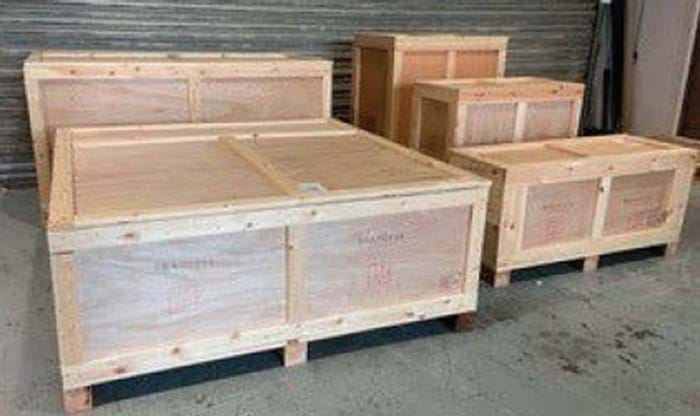
Bradley’s wooden cases made in house.
Greg Bradley, director of both Bradley’s Antique Packing Services and Bradley’s Furniture Carriers, has also introduced more sustainable business practices.
He says: “We are sending more shipments out by sea where possible to reduce our carbon footprint and are in discussions with a US company to handle containers on our behalf on arrival in the US.”
Bradleys has also introduced a new ‘wood wool’ for packing and continues to use wooden cases it manufactures in-house which can be “reused or dismantled and used as fuel for heating”.
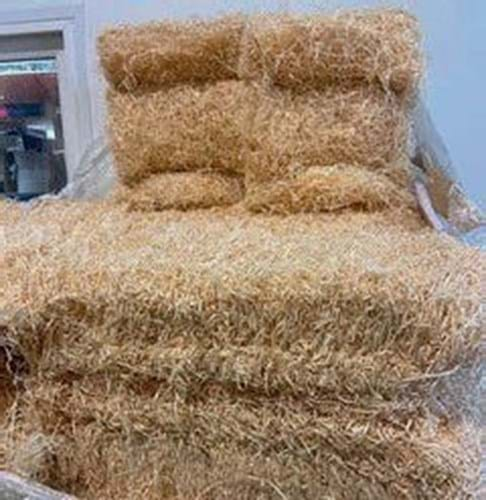
Bradley’s wood wool used for packing.
It is not just shippers who take the green agenda seriously. Auction houses that pack in-house are too.
Alexandra Whittaker, communications & PR manager at Fellows, says: “Many of our Trustpilot reviews mention our postal offering, not just that it is free most of the time but also that it is speedy and well packed.”
Fellows uses biodegradable tape that dissolves in water and hopes to introduce 100% recyclable bubble wrap.
Harper Field uses sustainably sourced cardboard boxes which are up to 85% recycled and 100% recyclable after use. It also uses loose fill which is 100% biodegradable.
Harper Field’s Lyn Bowkett adds: “The bubble wrap we use has recycled content. We have bespoke branded boxes for smaller items; these bear a message asking the recipient to re-use the materials.”


